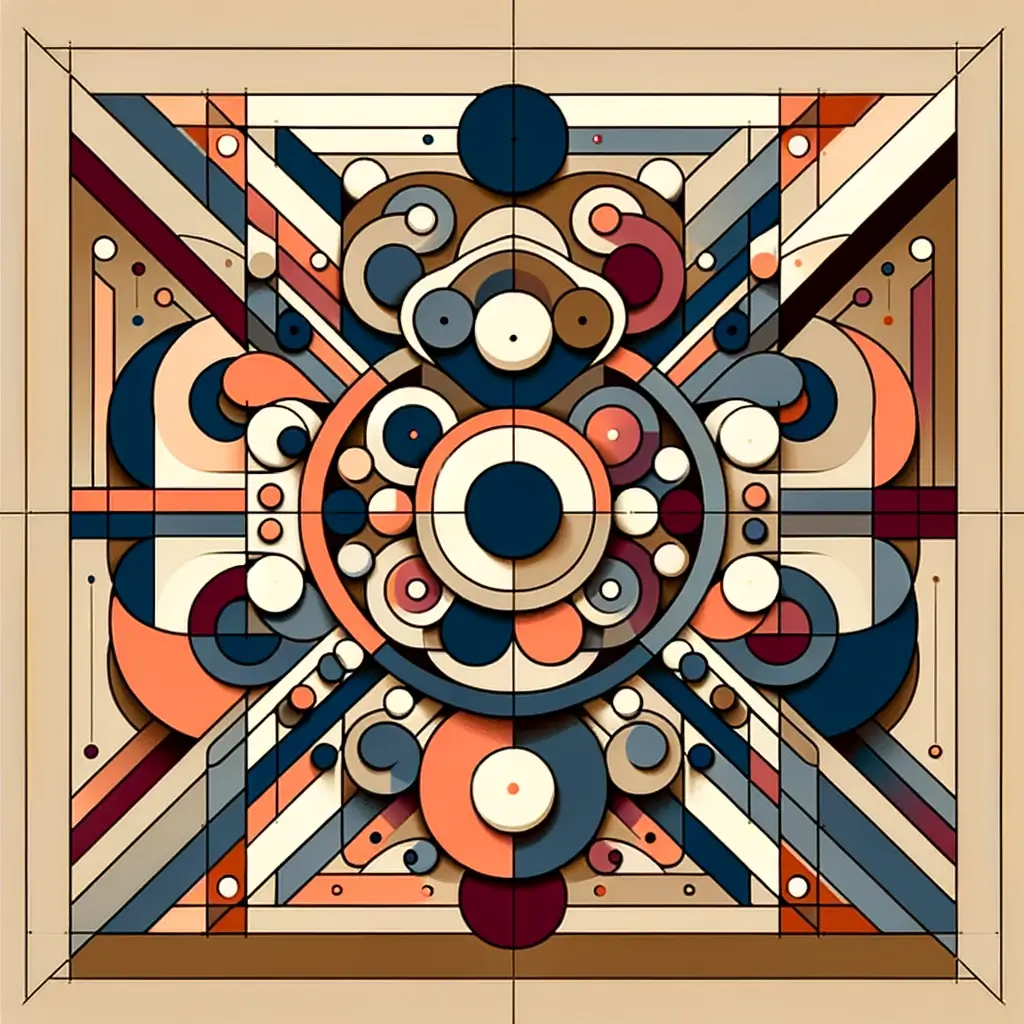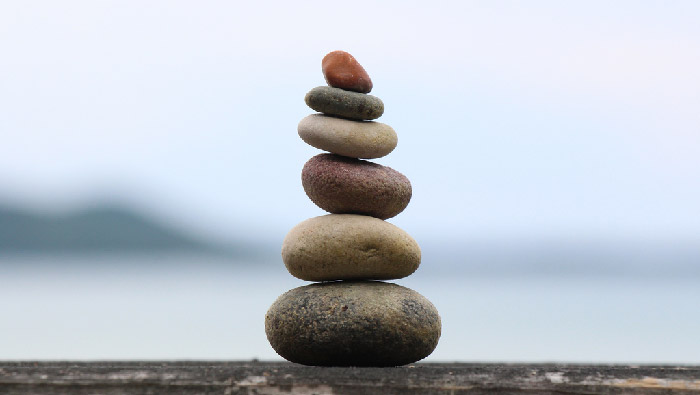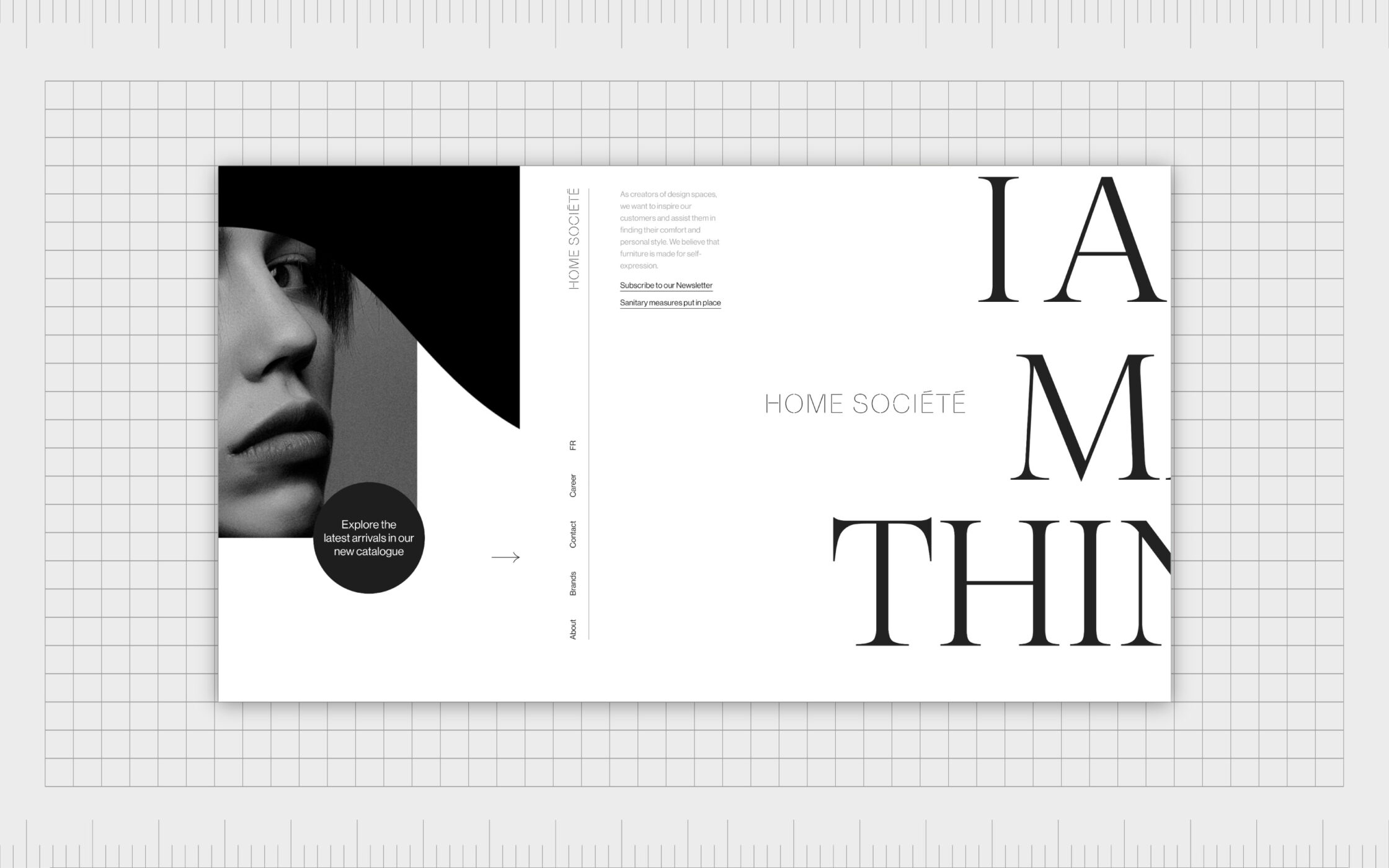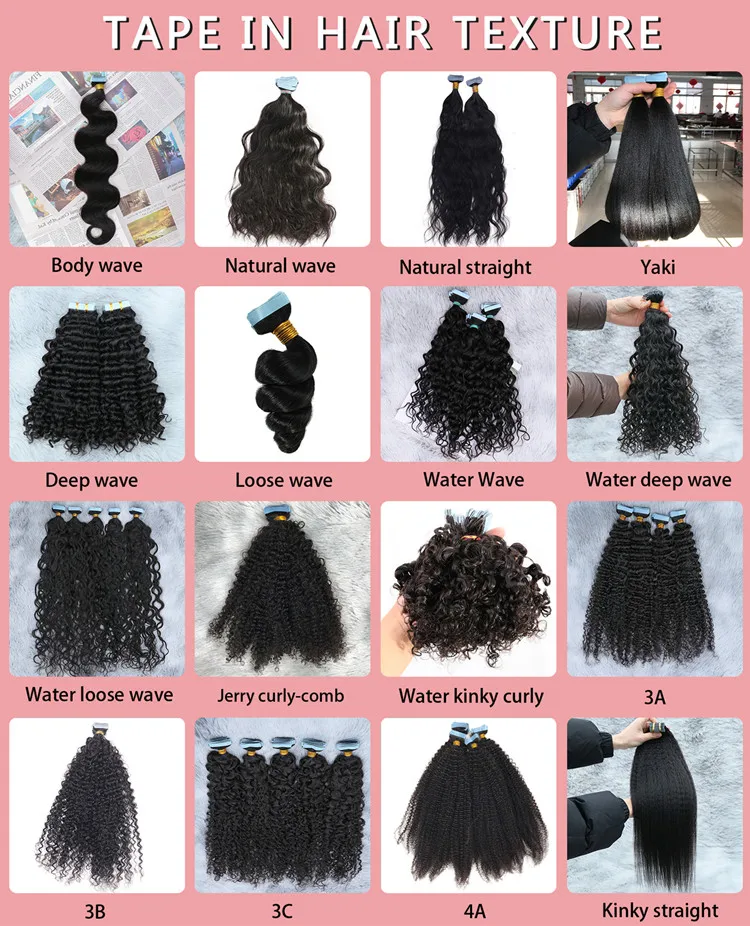Table Of Content

In some projects, unbalanced might be right for the message you’re trying to communicate, but generally you want balanced compositions. Abstract forms, organic forms and geometric forms are all types of forms seen in paintings and drawings. So in this piece by Edgar Degas, the organic form of the dancer stands out against the abstract backdrop.
What are the types of balance in interior design?
Balance is also important for creating harmony between all the elements in a composition. It allows them to work together to create a strong and unified image. The elements of art are visual components that are used to create a composition and convey meaning in an artwork.
ARTIFICAL INTELLIGENCE INFORMED DESIGNS
Asymmetry creates more complex relationships between elements, and so it tends to be more interesting than symmetry. Because it’s more interesting, asymmetry can be used to draw attention. Mosaic balance (or crystallographic balance) results from balanced chaos. The composition lacks distinct focal points, and the elements share a uniform emphasis. Visual weight is a measure of the visual interest of an element or area in a design. When a composition is visually balanced, every part of it holds some interest.
Why Visual Balance Is Important
It’s because of its vertical plane of symmetry that gives it balance throughout. The human eyes typically seek order and stability in any image we look at. This Starbucks logo has these two characteristics aside from its many other appealing elements. Properly implemented hierarchy ensures clarity and a seamless flow in design. Unity helps guide the viewer's attention and ensures a consistent, integrated visual experience.
When symmetry is used, the result demonstrates professionalism and a serious, sustainable approach. The methods of asymmetry attract interest, express individuality and creativity, focus attention. Workplace strategy, change management, sustainability and wellness are all key to business success.
New Balance KAWHI 4 Transcend Reality BBKLSSP4 - KicksOnFire.com
New Balance KAWHI 4 Transcend Reality BBKLSSP4.
Posted: Thu, 25 Apr 2024 06:45:44 GMT [source]
Maybe you want them to stop and think, or move and take action. An example of mosaic balance is a painting by Jackson Pollock. So going off-balance is a choice you’ll want to tread cautiously with. And only if you are sure about the effect it will create on your audience. The arrangement of petals in a sunflower is the perfect example of radial symmetry.
Don’t be fooled by the Nike logo’s simplicity, as it’s designed with balance, movement, and rhythm. The perfect formula for a logo design that’s destined to become an icon. Asymmetrical balance is what you should use if you want to incorporate tension and movement in your designs. In radial balance, the elements are arranged around a point that radiates from the center. Not all balances can be seen on the left and right or up and down.

Design Lessons: How To Spot (& Fix!) an Off Balance Room - Apartment Therapy
Design Lessons: How To Spot (& Fix!) an Off Balance Room.
Posted: Tue, 03 Oct 2023 07:00:00 GMT [source]
Then balance the placement of your subject with an object or subject on the other side of the canvas. This will create a sense of symmetry and balance within a painting. This could be a mirror-like image, or a slight variation of a mirror image. Larger shapes will attract more attention than smaller shapes, a collection of small shapes can appear complex and can offset the visual weight of large shapes.
You can have balance in design by using colors, as can be seen in this Evian print ad. Not only is this an excellent example of a symmetrically balanced design, but it is also a good representation of having balance by color. The incredible blending of dark colors with lighter ones emphasizes the brand name and makes it stand out. Visual design is about creating and making the general aesthetics of a product consistent. To create the aesthetic style of a website or app, we work with fundamental elements of visual design, arranging them according to principles of design. These elements and principles together form the building blocks of visual design, and a firm understanding of them is crucial in creating a visual design of any product.
This is just one of their many ads that play with either the bottle or the tomato itself. It’s a go-to if you want to understand balance in design well. A lack of unity in designs can create a sense of unease and chaos. The subtractive mix of colours in paint and print produces the CMYK colour system. The additive mix of colours on digital screens produces the RGB colour system.
Essentially, this type of balance requires a rare genius to implement, as it requires the designer to create a sense of order and symmetry out of complete disarray. There are two major concepts that affect the balance of our design. Only once you know how each of these concepts affects the balance of your design, will you be able to create flawless pieces of art including various types of logos. When that happens, more often than not, there is something wrong with the balance of the elements in that design. Anyone who considers themselves a designer knows the importance of having balance between the different elements of their design. But despite that, there will be times when you look at an illustration or a design, and you’ll as if something just isn’t right with it.

Caillebotte uses the rule of thirds to position the figures and distant buildings. More highly saturated colours inherently have more visual weight compared to muted and desaturated tones. In the Houses of Parliament painting, the bright golden yellow sky holds more visual weight than the blue buildings. Discordants have been used throughout history to create interesting designs that draw attention away from what might otherwise seem ordinary or even bland.
Form refers to the illusion of three dimension in an image and the way forms appear to take up physical space. This three dimensional appearance is created with light and shadow to create shape and form. It also to some extent refers to placement of shapes, lines colours and other visual elements. The placement of elements could also be used by artists to denote a background or elements that appear further away, using linear perspective. By placing a vanishing point on a surface and creating the appearance of buildings, landscapes and streets disappearing into the distance, artists create a sense of depth.
However, one thing to note is that while asymmetrical balance and off-balance might sound similar, they are two entirely different concepts. In asymmetry, the balance is shifted slightly by altering the perspective. But in discordant or off-balance designs, the balance is shifted so much that it creates a sense of unease and incompleteness in those who view it. The abstract exhibitionist painter Jackson Pollock often incorporated this type of balance in design in his masterpieces. And his ideas can be used by designers to create subtle backgrounds that boost the impact of actual design elements they want their viewers to focus on.
The mass of the page is a large rectangle that’s composed of a grid of smaller rectangular images. On its own, this grid is symmetrical around both the vertical and horizontal axes. On its own, it’s very balanced and looks like it’s not going anywhere. I hope this idea that the principles of gestalt lead to many of the design principles that guide us has become clearer as you’ve read through this series.

No comments:
Post a Comment